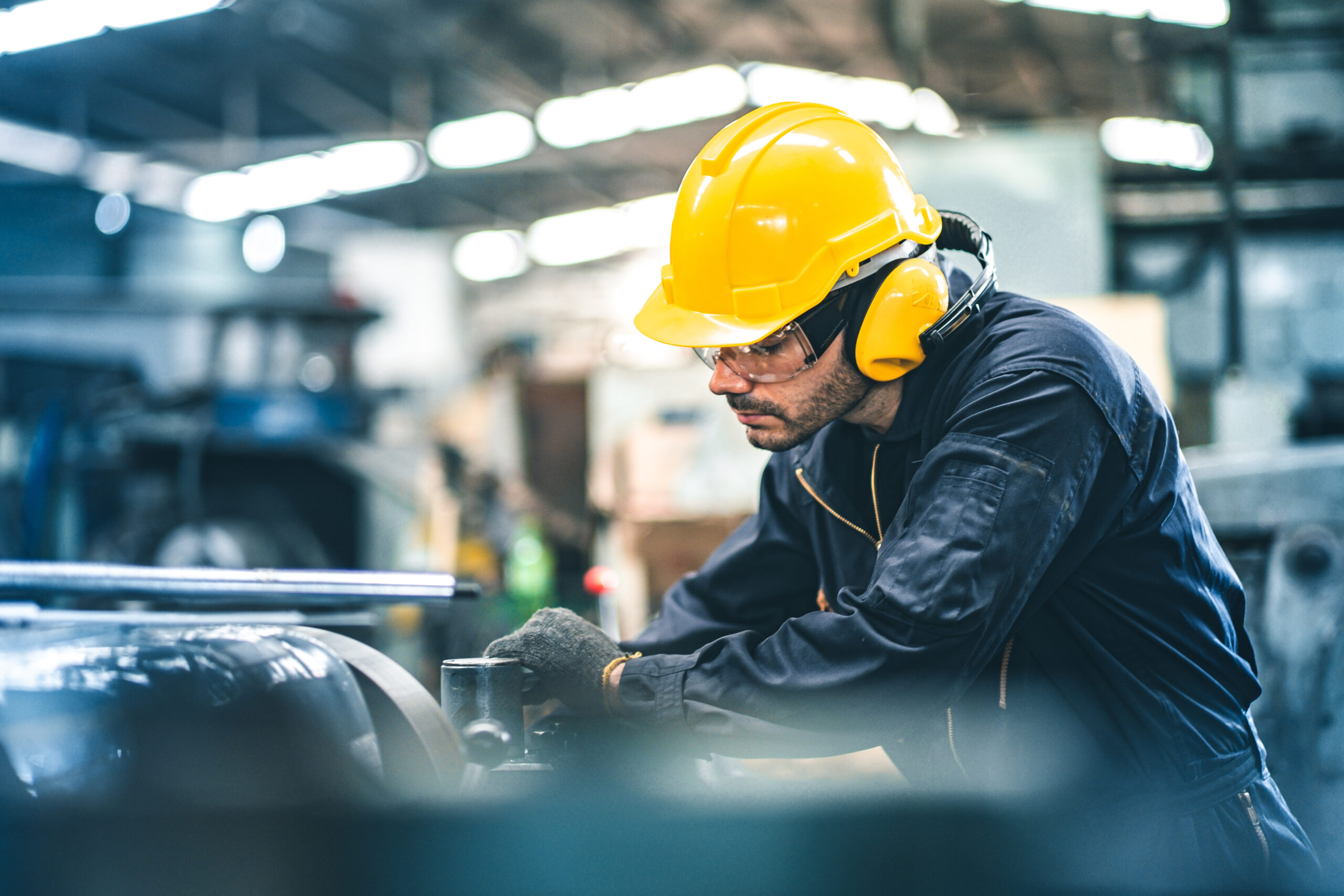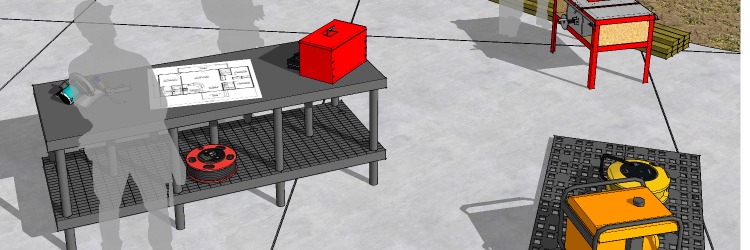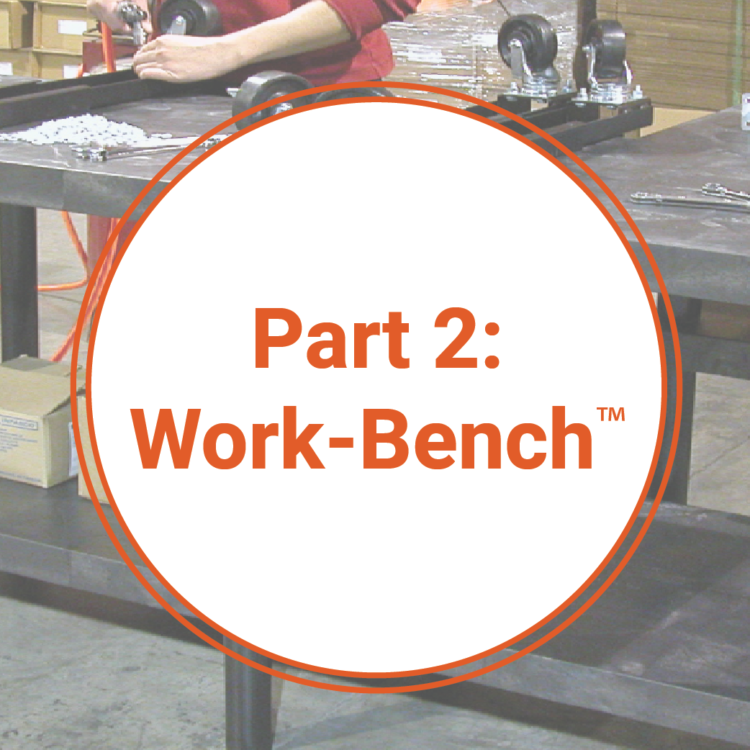Avoidable Pitfalls When Shopping for Industrial Ergonomic Equipment

When people hear the phrase “workplace ergonomics,” they often think of adjustable office chairs, comfortable headsets, and properly designed computer equipment to take the unnecessary strain off of office workers. However, industrial ergonomics is a crucial component of a happy and healthy workforce in any industrial setting.
Implementing ergonomic practices in your warehouse or manufacturing plant can help prevent common work-related injuries such as Carpal Tunnel Syndrome, back injuries, and Arthritis. We need to change the ergonomics conversation, so it includes the entire workforce, not just the administrative staff. There are many unrecognized opportunities to improve the ergonomics within an industrial work zone, many of which are within the material handling process. When you’re equipping your industrial setting with industrial ergonomic equipment, there are some common pitfalls to avoid.
Items Commonly Overlooked When Shopping for Equipment
While taking the time to properly plan and implement industrial ergonomics can feel daunting, it’s a worthwhile investment. Not only does proper industrial ergonomics keep your employees safe, but this safety translates to a more productive workplace and a happier workforce in the long term. During this process, don’t overlook the below items:
Invest in tailored options for your employees. Though it may sound like a better investment to get equipment that can be considered “one size fits all,” this can endanger your teams and be costly in the long run. By ensuring your employees have access to tailored and customizable equipment for their body type, they will be better protected. Investing in the right equipment costs a lot less than dealing with workplace injuries or a slow production line due to strains and sprains. Pro tip: Look for adjustable equipment that can have a long lifespan, even as your workforce changes.
Don’t cut corners to cut costs. It might seem like a good idea to forego the more expensive industrial ergonomic equipment. Still, cheaper equipment is more likely to fall apart after a few uses and require repairs or replacements. The best equipment might require a hefty investment up front, but if you get products that are meant to last, you won’t find yourself buying replacements every other year. Buying something that’s cheaper upfront might feel right in the moment but endangering your employees with poorly-made equipment is never the right route to take.
Industrial Ergonomics is an ongoing journey. Don’t think of ergonomics as a destination, continue refining your processes and equipment where improvement is needed. It might take some time to find out what works best for your employees and work zones. Look for improvement opportunities beyond the office; assess assembly lines and packaging areas on a regular basis to ensure your warehouse is operating as best as possible.
Free Industrial Ergonomic Practices
Investing in customized equipment and safety gear is a vital step in creating an ergonomic work zone, but there are a few things you can implement today to help ensure the safety of your teams. We have a more detailed article about this on our site, but here are a few ideas:
- Implement regular stretching routines into business processes. If people are on their feet all day, operating machinery, working through tedious processes, or lifting heavy items, it is your job as the employer to ensure their bodies are being properly taken care of. By putting stretch breaks in place you’ll give your employees a chance to recharge in the short term while helping to protect them from injuries in the long term.
- Review proper operational techniques with all employees. Show them the proper way to lift heavy boxes, remind them not to twist improperly, and clarify the best ways they can protect themselves while on the job.
- Experiment with job rotation; allow employees to move through different tasks to keep their bodies from getting fatigued. This is a great way to keep employees engaged as well!
Recap: Industrial Ergonomics and its Avoidable Pitfalls
The time to invest in industrial ergonomic equipment and practices is now. Not only do ergonomic practices make your workplace safer for everyone, but they will also lead to higher levels of productivity over time. There are many ways to implement ergonomics in industrial settings, so be sure to maintain open communication with your teams on the floor to learn what works best for your organization. Over time, the right formula for preventing workplace injuries will be put into place, and adjustments can be made on an as-needed basis.


